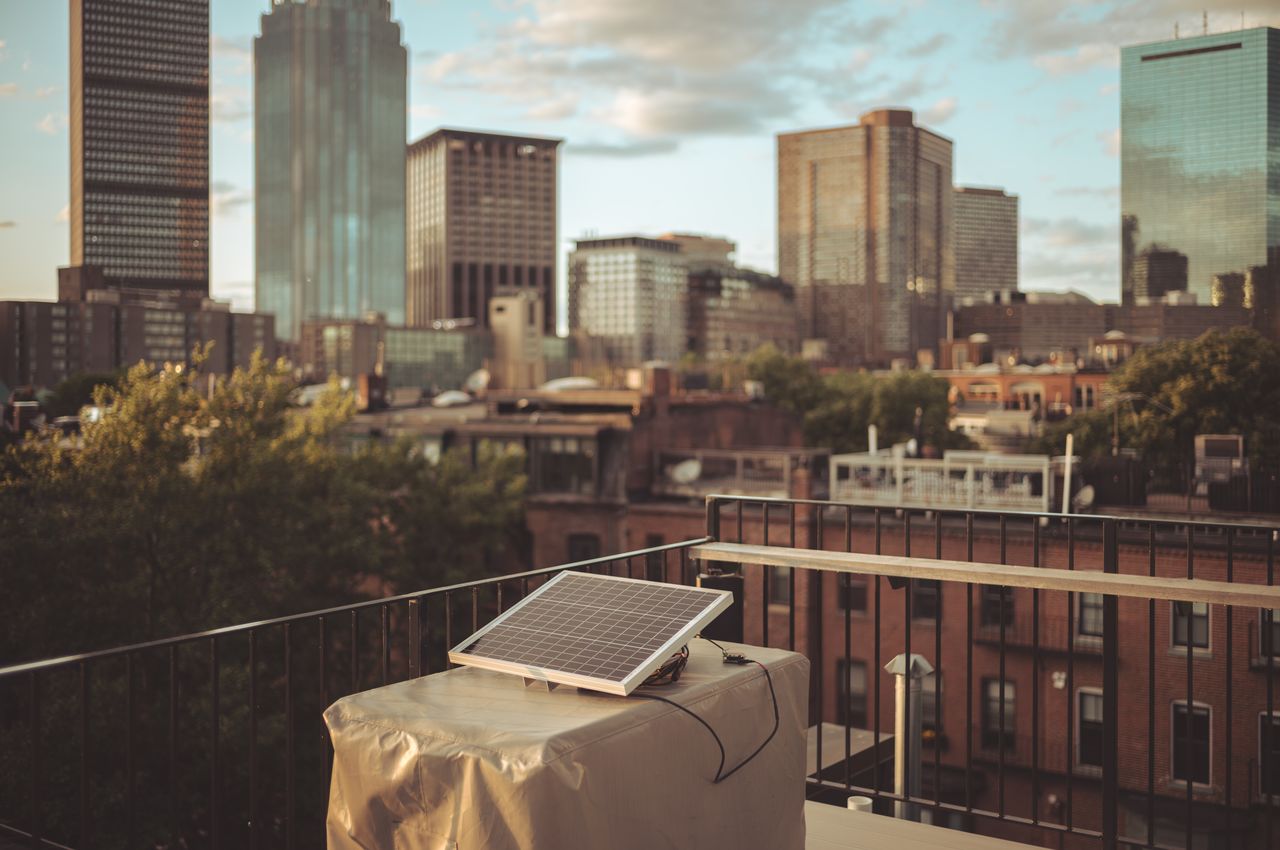- cross-posted to:
- technik
- cross-posted to:
- technik
The founder of Drupal posted recently about this self-hosted and completely solar-powered personal site he made, in Boston of all places.
He describes the hardware, software, and the challenges he ran into while setting it all up. The site even includes automatically updating statistics about the system and battery. There’s no backup or fail over, so if the battery drains due to cloudy or cold weather, the website will simply go offline for a while and he’s fine with that.
At some point I might also hook up the battery charge meter to a public site for slrpnk.net. Currently we are at 88% and charging, but this website does have a failover to grid-power if the battery charge drops below 20%.
A similar concept : https://solar.lowtechmagazine.com/
I want to do this so bad. I really just need to take the jump and start doing it rather than researching it. I wish there were a step-by-step, teach me like I’m in fifth grade, sorta tutorial on it.
I was interested to see that there’s an unexplained dip in battery visible on the status page:

I wondered if it was due to a lot of traffic (bots/DDOS/Slashdot effect) but then I noticed it’s behind Cloudflare (
cheating a bit, surely?).edit: I’d missed the bit where he says he doesn’t use the caching:
I use Cloudflare’s DNS proxy, which handles DNS and offers basic DDoS protection. However, I do not use Cloudflare’s caching or CDN features, as that would somewhat defeat the purpose of running this website on solar power and keeping it local-first.






